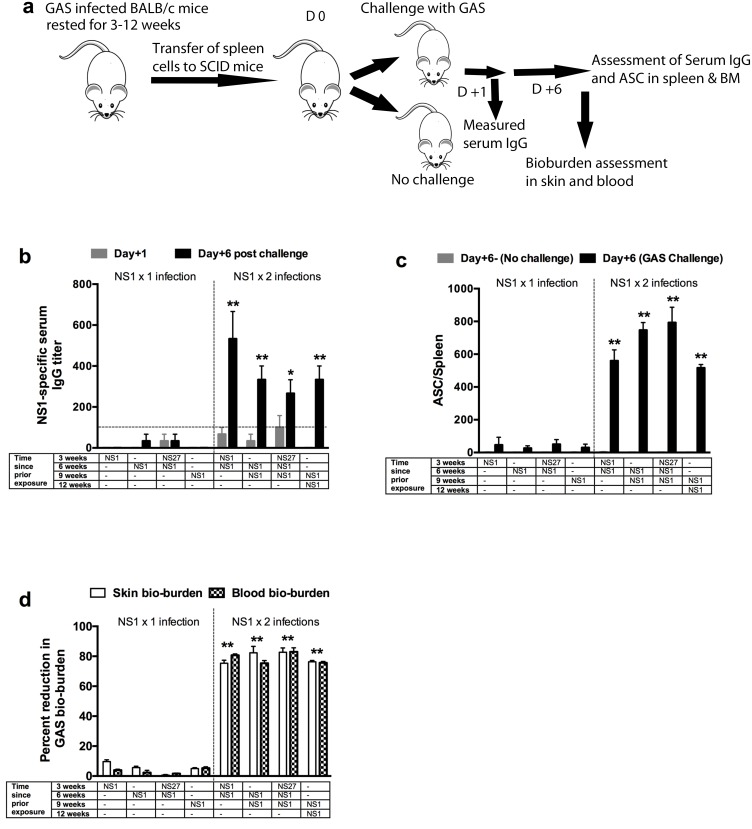Fig 4. Role of antigen specific memory B-cells in immunity.
To investigate the development of memory B cells following sequential GAS exposures, two GAS strains NS1 and NS27 were used. Mice received single or multiple infections with either or both strains and rested for 3, 6 or 9 weeks before they were culled and their spleens harvested. As depicted in the schematic (a) the splenocytes from BALB/c mice (n = 15/group) that received single or multiple GAS infections were either utilised to assess NS1-specific ASC responses by ELISPOT (n = 5) or transferred into naïve SCID (n = 10) mice. Half of the recipient SCID mice (n = 5) were challenged with NS1 GAS. The mice (n = 5) that received primed splenocytes but did not receive a GAS challenge were used as controls. NS1-specific IgG levels before and 6 days after homologous challenge were measured (b). The dotted line represents the base antibody levels. To assess NS1-specific antibody-secreting cells, ELISPOT assays were performed. Designated numbers of SCID mice from each cohort (with or without NS1 challenge) were culled 6 days after adoptive transfer and NS1-specific ASCs enumerated in their spleens (c). The mice that received primed splenocytes but did not receive a GAS challenge were used as controls. To investigate the functionality of memory B-cells, SCID mice were challenged with NS1 GAS. Percent reduction in skin and blood bacterial burden in comparison to naïve challenge control (n = 5/group) was calculated and is shown as mean ± SEM (c). The GAS bioburdens (mean CFU) in control mice ranged from 279,350 to 225,400 for skin and 215,650 to 185,320 for the blood. Statistical analysis was performed using one-way ANOVA with Tukey’s post-hoc test to determine significance between the groups (NS1 x 1 versus NS1 x 2 infections with colour of the asterix* denoting the groups being compared)). *p<0.05; **p< 0.01.

